Born in Argentina, Bibiana straddles two identities. Though her Sikh ancestors forbade beef, she acknowledges that at social events and in local culture, beef is everywhere. She says:
“It’s impossible to keep a distance. We eat beef. Not at home. But at birthdays, parties, there are only steaks.” sikhiwiki.org
Born to Punjabi Sikh parents who arrived in the 1970s, Bibiana grew up amid the scent of empanadas (gujiya/samosa ) and the distant low of cattle herds—a far cry from the mustard fields of Punjab. She savors the forbidden: tender slices of beef grilled over open flames, a ritual as sacred here as langar is back home. “It’s not rebellion,” she laughs, her dupatta fluttering like a flag of compromise. “It’s survival. My ancestors would faint at the sight, but in this land of gauchos ( nomadic horsemen of Argentina) , you don’t say no to a parrillada (barbecue ).” Yet, when the call of the Gurdwara echoes—its simple white walls rising humbly from the edge of town—she sheds that outer skin. There, in the cool shadow of the Guru Granth Sahib, Bibiana is pure vegetarian, sharing plates of dal and roti with a community that numbers just a few dozen. “The Gurdwara is my anchor,” she says. “It’s where I remember who I am, even if the rest of the week tastes like Argentina. sikhnet.com
Her Spanish accent is detectable; Punjabi is limited at home. She lives as an Argentine but keeps the Sikh identity alive in small, symbolic ways. Her story illustrates the everyday balancing act of identity in a small diaspora. newsgram.com
She left an arranged marriage to a Sikh for her Catholic Argentine current husband, with whom she owns and runs the two main supermarkets in Rosario de la Frontera. She has two sons, one from each union. The eldest, 10 years old, proudly embraces Sikh customs and wants to visit India. But Spanish is spoken at home, leaving the children with only limited Punjabi.
Kanwal Jeet Singh & his son Facundo — turbans, delivery jobs, and identity
Kanwal Jeet Singh migrated from India decades ago and is active in keeping the Gurdwara alive. He sometimes covers his turban with a cap when moving outside to avoid attention. His son Facundo attends a military high school and wears the uniform. In public, the young generation often tries to blend in.
Yet at the Gurdwara, Kanwal Singh continues to wear his turban with pride, officiate prayers, and keep rituals alive. His life is a testimony to the tension between religious visibility and social acceptance. sikhglobalvillage.com
The only Gurdwara in all of South America is located in Rosario de la Frontera, Salta province. On Sundays and important festivals, members from various parts gather there for prayer, langar, and community.
Religious life is kept alive, though modestly. The Gurdwara is an emblem of the community’s roots even as many members become integrated into Argentine life. SikhiWiki Because there are relatively few Sikh families, and because many have married non-Sikhs (especially Catholics), maintaining Punjabi language, customs, and religious identity is challenging
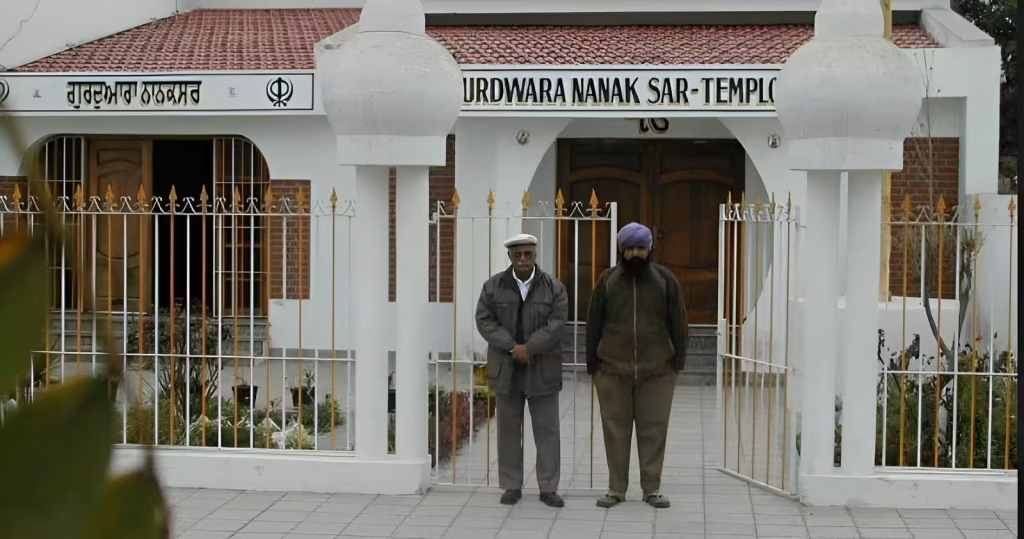
Simmarpal Singh — the “Peanut Prince of Argentina”
Among the most high-profile Sikhs in modern Argentina is Simmarpal Singh, sometimes called the “Peanut Prince.” sikhiwiki.org,
Arriving in 2005 on behalf of Olam International to procure peanuts, he eventually expanded into cultivating peanuts, soy, corn, and more. globalindian.com
Over time, he leased large tracts of farmland (10,000–17,000+ hectares) and built a reputation in Argentine agribusiness. He speaks fluent Spanish; his wife, Harpreet Kaur (an IIT graduate), also adapted to local life. economictimes.indiatimes.com
Simmarpal’s success shows that even in marginal diaspora communities, individuals can transcend boundaries. His work also brought attention to Argentine Sikh contributions. sdministry.org

The Migration Journey: From Punjab to the Southern Cone
But how did these families, with their tales of compromise and fusion, find their way to the southern cone? The journey began not with grand designs, but with dashed dreams and iron rails stretching into the unknown. In the late 1890s and early 1900s, as the British Raj tightened its grip on Punjab, young Sikh men—farmers, soldiers, and laborers—set sail from Calcutta’s bustling docks, eyes fixed on the golden promise of North America. Canada beckoned first, with its vast prairies mirroring Punjab’s own, and by 1908, over 5,000 Punjabis had crossed the Pacific to work in British Columbia’s lumber mills. But paradise soured quickly. Anti-Asian fervor swept the continent: the 1907 Vancouver riots saw white mobs torch Sikh homes, while Canada’s 1908 “Continuous Journey” regulation barred ships that stopped en route, stranding migrants mid-ocean. The United States, too, slammed its gates with the 1917 Immigration Act’s “Asiatic Barred Zone,” excluding nearly all South Asians and denying citizenship to those already there. Undeterred, many tried the perilous overland routes, smuggling across borders or laboring in limbo, only to be deported or trapped.
This is where Argentina enters the tale, not as a Plan A, but as the unexpected harbor. Lured by British recruiters seeking hands for the Salta-Antofagasta railway— a vital link to Bolivia’s tin mines—and sugar plantations in the north, the first Sikhs arrived around 1900. By 1925, as U.S. quotas choked the northern dream, Argentina became a reluctant refuge for hundreds more, its open immigration policies a stark contrast to the barbed wire up north. These pioneers, numbering perhaps a few dozen families in the 1920s and 1930s, cleared land, herded cattle (ironically, given beef taboos), and built lives in isolation. One such story belongs to Bhagat Singh, who, after a failed border crossing from Mexico in 1915, trekked south instead, founding a Sikh enclave in Jujuy province. His descendants still whisper of the “camino largo”—the long road—that turned exiles into Argentines.
The Sikhs are spread across the provinces of Salta, Rosario de la Frontera, and other northern parts of Argentina. many marriages between Sikh men and Argentine Catholic women are common, sometimes making it difficult for children to sustain Sikh traditions. Some younger generations no longer speak Punjabi; Spanish is their everyday language. journeys.dartmouth.edu
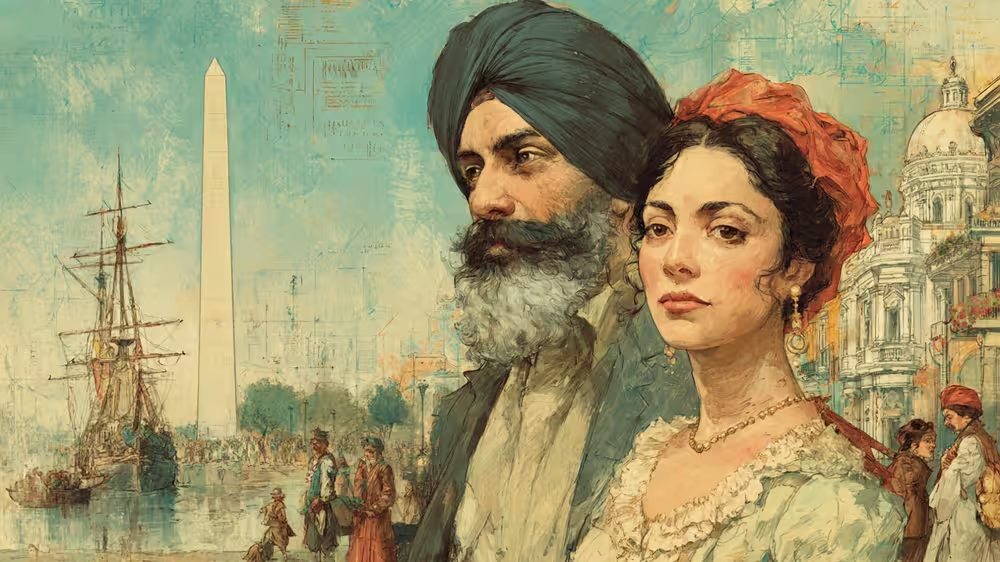
Comparing Paths: The Argentine Route vs. the Mexican Settlement
Parallel paths diverge and converge in the Mexican story, a mirror to Argentina’s own. Just as U.S. restrictions peaked, Sikhs turned south of the border too. In the 1910s and 1920s, hundreds settled in Baja California and northern Mexico, drawn by cotton fields and rail work, but always with an eye on the Rio Grande. Denied U.S. entry, they married local women—creating the unique “Mexipunjabi” culture of Imperial Valley, where saris mingle with sombreros and chapati tacos are a staple. By the 1920s, Mexico hosted around 1,000 Sikhs, a number that swelled to 2,500 by mid-century, their Gurdwaras in Mexicali echoing with Spanglish ardaas. Like their Argentine kin, these settlers were “failed crossovers,” but Mexico’s proximity to the dream kept the northward pull alive—many eventually slipped across, leaving behind hybrid families that bridged borders. Argentina, farther flung, forced a deeper rooting: fewer returns, more fusion. Both routes, though, were born of the same exclusion—the 1917 Act’s shadow stretching from Vancouver to Veracruz, turning transients into transplants.
Population Growth: From Humble Beginnings to Today
From those humble seeds, the community has grown modestly. In the 1930s, Sikhs in Argentina numbered under 100, scattered like wild thistles. Today, estimates hover around 300—still a whisper in a nation of 46 million, but vibrant and recognized since 2018 as an official faith. The 3HO influx in the 1970s added yogic flair, while recent Punjabi migrants—fleeing farm crises back home—bolster the ranks with tech-savvy youth. sikhglobalvillage.com
Gurdwaras and Community Anchors
Gurdwaras anchor this growth: the pioneering one in Rosario de la Frontera, built in the 1988 from donated bricks, serves as the community’s beating heart, hosting weekly langars that blend aloo gobi with local humita. A smaller one graces Buenos Aires for the urban 3HO crowd, and whispers of a third in Córdoba hint at quiet expansion. These aren’t grand like Amritsar’s Golden Temple, but in their simplicity, they echo Guru Nanak’s call: equality in every shared bite.
Conclusion: Enduring Faith in a Vast Land
As Bibiana steps out from the Gurdwara one humid evening, the call to prayer fading into cricket chirps, she pauses at the gate. A gaucho on horseback tips his hat, mistaking her for just another local. She smiles, adjusting her kara—the steel bangle that grounds her. In Argentina’s vast embrace, the Sikhs have not conquered, but they have endured, their stories a testament to a faith that travels light: adaptable as wind, unyielding as the sierras. And in the langar line tomorrow, beef will be absent, but the warmth? That’s universal.
-
Sikhs in Bermuda
Sikhs in Bermuda: A British Overseas Territory Welcome to Global Sikhi Wiki, your comprehensive resource for exploring Sikh history, culture, and global communities. Today, we delve into the vibrant story
Published by Pritam -
Sikhs in Belize
Sikhs in Belize — a small but significant thread in the Caribbean Welcome to Global Sikhi Wiki, your comprehensive resource for exploring Sikh history, culture, and global communities. Today, we
Published by Pritam -
Why a New York Street Honors a Sikh Guru
Why a New York Street Honors a Sikh Guru-Guru Teg Bahadur Ji Marg Way A Historic Honor in New York Welcome to Global Sikhi Wiki, your comprehensive resource for exploring
Published by Pritam -
Sikhs in Malaysia – From Struggle to Strength
Sikhs in Malaysia: A Tapestry of Courage, Faith, and Unyielding Spirit Welcome to Global Sikhi Wiki, your comprehensive resource for exploring Sikh history, culture, and global communities. Today, we delve
Published by Pritam -
Sikhs in France
Sikhs in Malaysia: A Tapestry of Courage, Faith, and Unyielding Spirit Welcome to Global Sikhi Wiki, your comprehensive resource for exploring Sikh history, culture, and global communities. Today, we delve
Published by Pritam -
Sikhs in Fiji
Sikhs in Fiji: A Journey of Resilience and Contribution in Modern Oceania Welcome to Global Sikhi Wiki! In this blog post, we explore the vibrant history and enduring legacy of
Published by Pritam -
Sikhs in Germany
Sikhs in Germany – Building Faith and Community in Modern Europe Germany, the land of poets, philosophers, and thinkers, is home to one of the lesser-known yet deeply rooted Sikh
Published by Pritam -
Sikhs in Japan
Sikhs in Japan : Small Community, Big Stories Among all the countries I’ve studied, Japan is perhaps the first where I found no illegal Sikh immigration network — just a
Published by Pritam -
Sikhs in Argentina
Sikhs in Argentina: Bibiana Jasbe Singh Kaur Born in Argentina, Bibiana straddles two identities. Though her Sikh ancestors forbade beef, she acknowledges that at social events and in local culture,
Published by Pritam -
The Heartbreaking Journey of Harjit Kaur
The Heartbreaking Journey of Harjit Kaur In the dusty villages of Punjab, where the mustard fields sway like whispers of forgotten dreams under the relentless Indian sun, Harjit Kaur was
Published by Pritam -
Sikhs in Mexico
Sikhs in Mexico: Forgotten Journeys and Resilient Roots By [ Global Sikhi Wiki Team] | Published on GlobalSikhiWiki.com | September 23, 2025 IST It was the early 1900s. Ships left
Published by Pritam -
The Bitter Exodus of Sikhs from Afghanistan
The Bitter Exodus of Sikhs from Afghanistan Picture this: The sun rises over Kabul's ancient bazaars in the 1970s, where the air hums with the chatter of turbaned Sikh traders
Published by Pritam -
Decline of Sikhs in China
The Decline of Sikhs in China: A Multifaceted Historical Narrative The history of Sikhs in China is a poignant, often overlooked chapter in the global Sikh diaspora, marked by a
Published by Pritam -
Sikhs in Afghanistan
The Untold Story of Sikhs in Afghanistan - From Prosperity to Perseverance Imagine the bustling streets of Kabul in the 1970s—a vibrant mosaic of cultures where turbaned Sikh merchants haggled
Published by Pritam -
Sikhs in China
Sikhs in China: A Hidden Chapter of Sikh Heritage Hello, readers! Welcome to another intriguing exploration of Sikh heritage on GlobalSikhiWiki.com. Imagine a turbaned Sikh policeman patrolling the bustling streets
Published by Pritam -
Famous Sikhs in Singapore
Famous Sikhs in Singapore: Trailblazers of Faith, Resilience, and Legacy Hello, readers! Welcome to another captivating deep dive into the rich tapestry of Sikh heritage on GlobalSikhiWiki.com. Have you ever
Published by Pritam -
Sikh Gurdwaras in Singapore
Sikh Gurdwaras in Singapore: Epic Sanctuaries of Faith, and Hidden Legends! Hello, readers! Welcome to another deep dive into the electrifying world of Sikh heritage on GlobalSikhiWiki.com. Imagine this: a
Published by Pritam -
Sikhs in Singapore
The Vibrant Sikhs in Singapore : A Story of Resilience and Contribution Hello, readers! Welcome to another deep dive into the multicultural tapestry that makes Singapore such a fascinating place.
Published by Pritam -
Famous Sikhs in Italy
Famous Sikhs in Italy: Leaders, Entrepreneurs & Community Figures Primarily hailing from Punjab, India, Sikhs began migrating significantly in the 1980s, drawn to agricultural opportunities in northern and central regions
Published by Pritam -
Sikh Gurdwaras in Italy
The History of Sikh Gurdwaras in Italy: Pillars of Faith and Community The history of gurdwaras in Italy mirrors the broader narrative of Sikh migration. Sikhs first arrived in small
Published by Pritam -
Sikhs in Italy
Two Sikh soldiers using a Bren light machine gun in the World War II (Italian campaign) near Villa Grande (15 January 1944) Sikhs in Italy: A Journey of Faith, Hard
Published by Pritam -
Sikhs in Thailand
Sikhs in Thailand : History, Community, and Contributions The Sikh community in Thailand, though small in number, has left an indelible mark on the nation’s cultural, economic, and social landscape.
Published by Pritam -
First copy of Guru Granth Sahib in new Zealand
Phomen Singh was born in Punjab, India, and was brought up in the Moga district, in a village called Charik. Guru Granth Sahib was first brought over by Phomen Singh
Published by Pritam -
First Sikh Doctor in Yuba City
Dr. Gulzar Singh Johl (born June 28, 1923) was the first medical doctor of Sikh, Punjabi and South Asian heritage to practice medicine in the Yuba City area,California, USA. Dr.
Published by Pritam -
Potato King of USA
Baba Jawala Singh, known as the “Potato King” of California, was a co-founder of the Stockton Gurdwara and a senior leader of the Ghadar Party. Potato King of USA -
Published by Pritam
-
 Sikhs in Bermuda
Sikhs in Bermuda
-
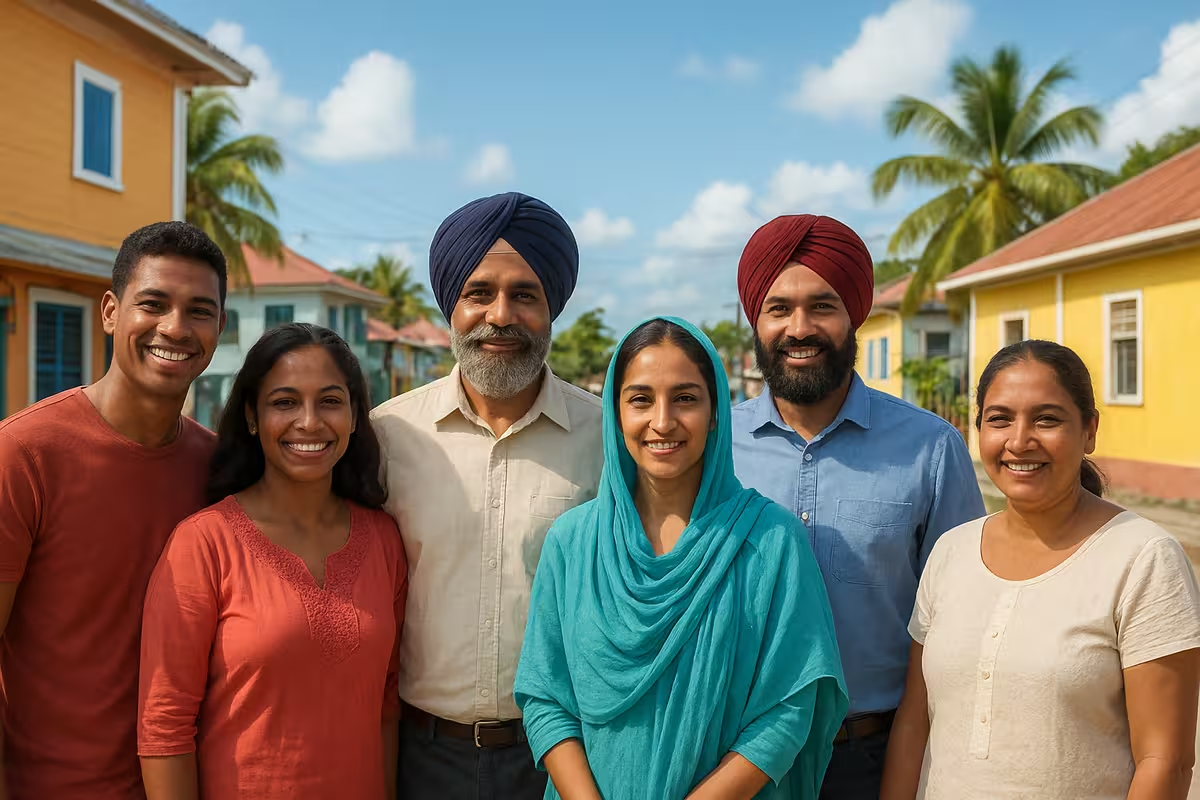 Sikhs in Belize
Sikhs in Belize
-
 Why a New York Street Honors a Sikh Guru
Why a New York Street Honors a Sikh Guru
-
 Sikhs in Malaysia – From Struggle to Strength
Sikhs in Malaysia – From Struggle to Strength
-
 Sikhs in France
Sikhs in France
-
 Sikhs in Fiji
Sikhs in Fiji
-
 Sikhs in Germany
Sikhs in Germany
-
 Sikhs in Japan
Sikhs in Japan
-
 Sikhs in Argentina
Sikhs in Argentina
-
 The Heartbreaking Journey of Harjit Kaur
The Heartbreaking Journey of Harjit Kaur
-
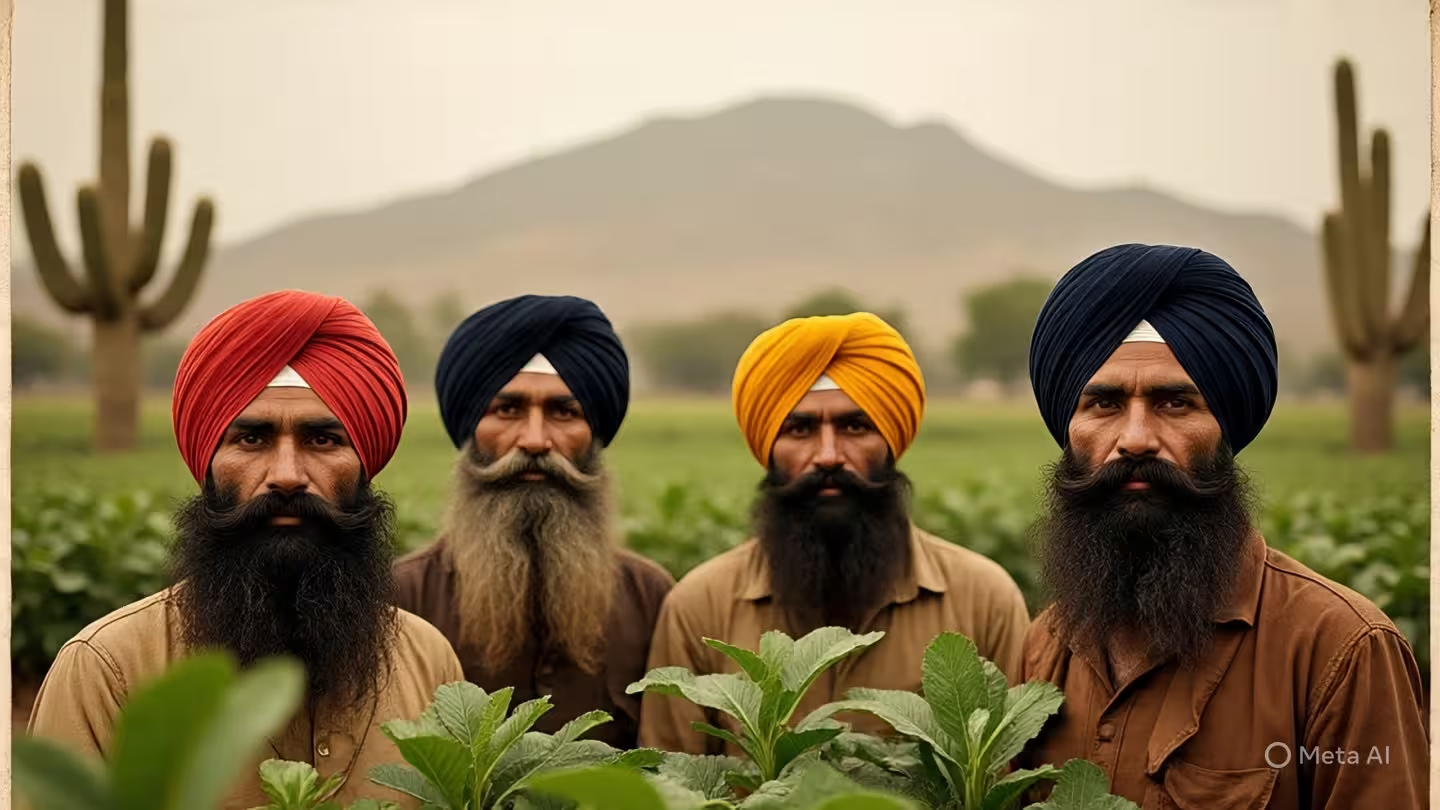 Sikhs in Mexico
Sikhs in Mexico
-
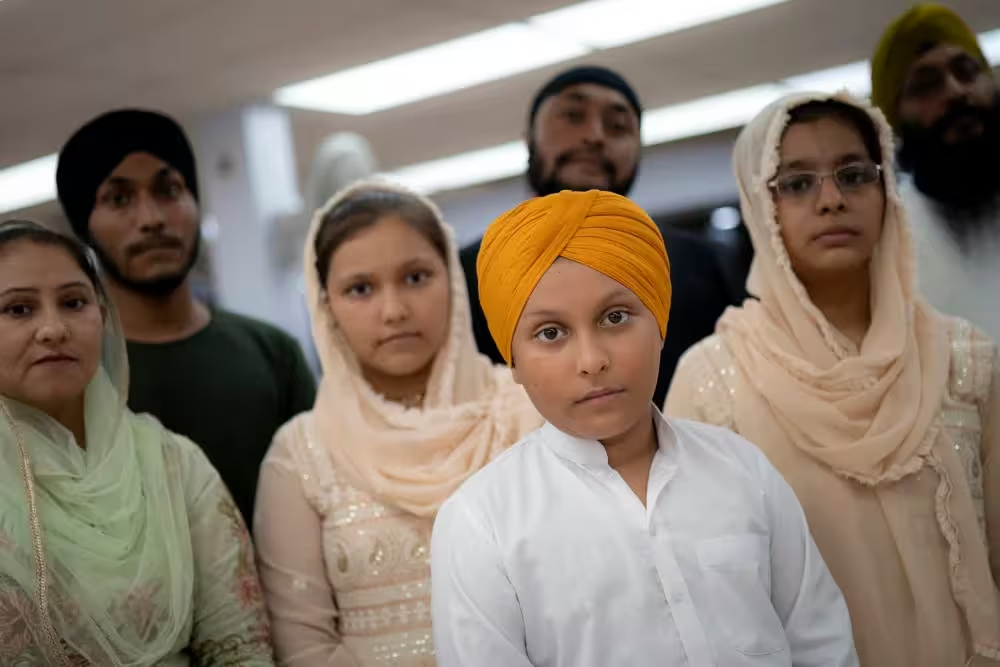 The Bitter Exodus of Sikhs from Afghanistan
The Bitter Exodus of Sikhs from Afghanistan
-
 Decline of Sikhs in China
Decline of Sikhs in China
-
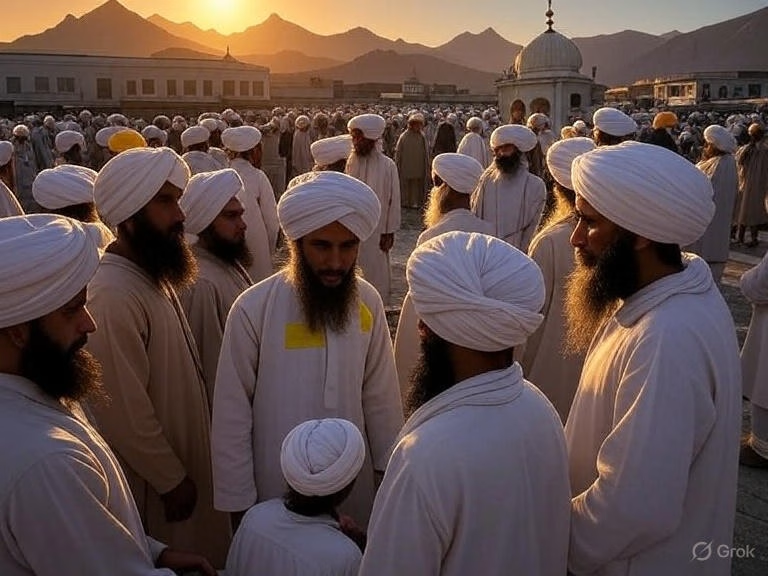 Sikhs in Afghanistan
Sikhs in Afghanistan
-
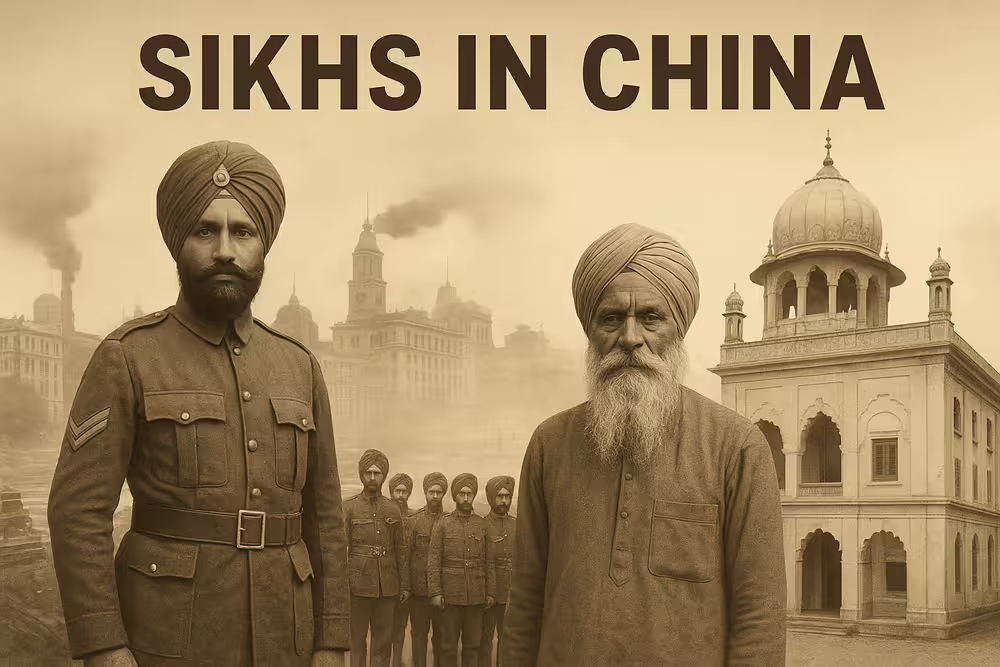 Sikhs in China
Sikhs in China
-
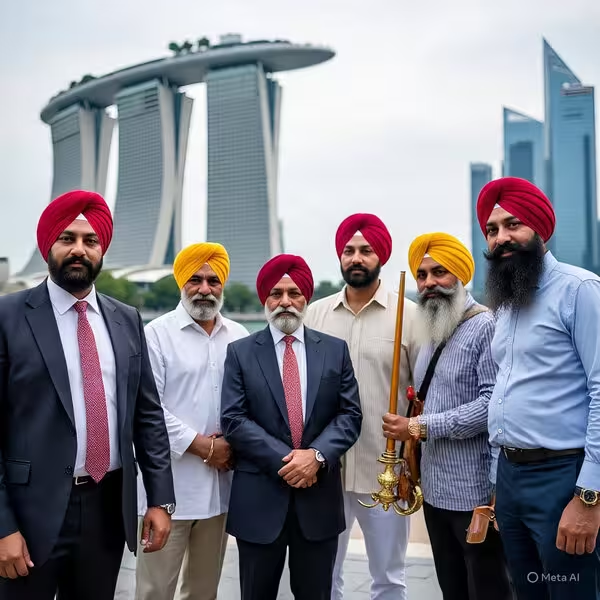 Famous Sikhs in Singapore
Famous Sikhs in Singapore
-
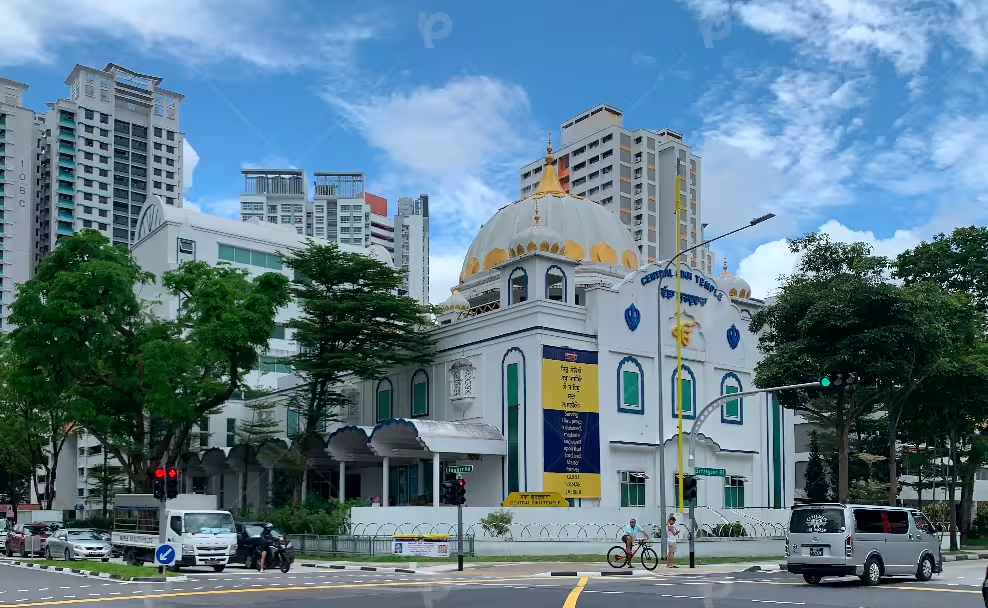 Sikh Gurdwaras in Singapore
Sikh Gurdwaras in Singapore
-
 Sikhs in Singapore
Sikhs in Singapore
-
 Famous Sikhs in Italy
Famous Sikhs in Italy
-
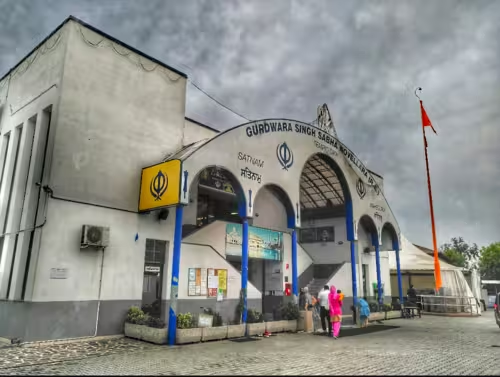 Sikh Gurdwaras in Italy
Sikh Gurdwaras in Italy
-
 Sikhs in Italy
Sikhs in Italy
-
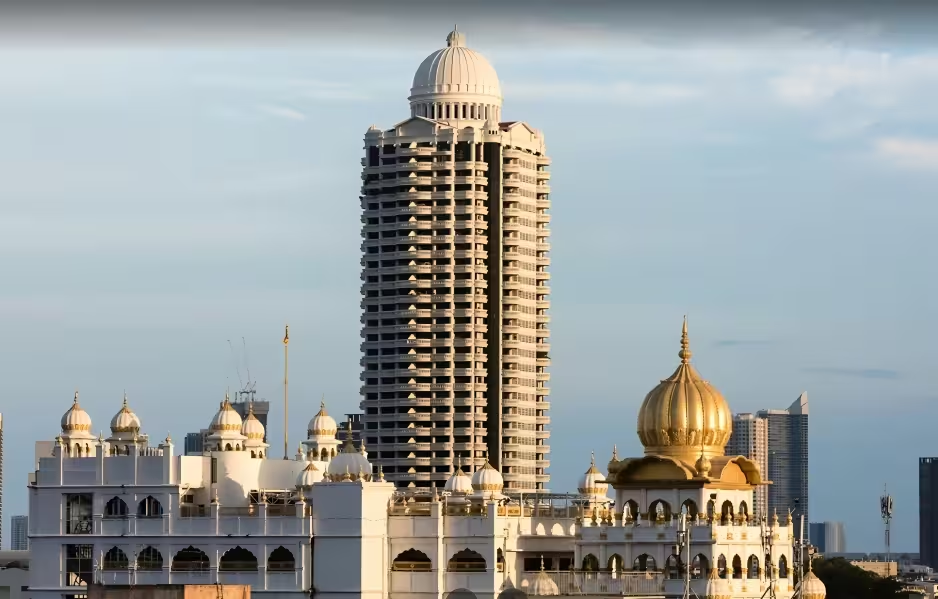 Sikhs in Thailand
Sikhs in Thailand
-
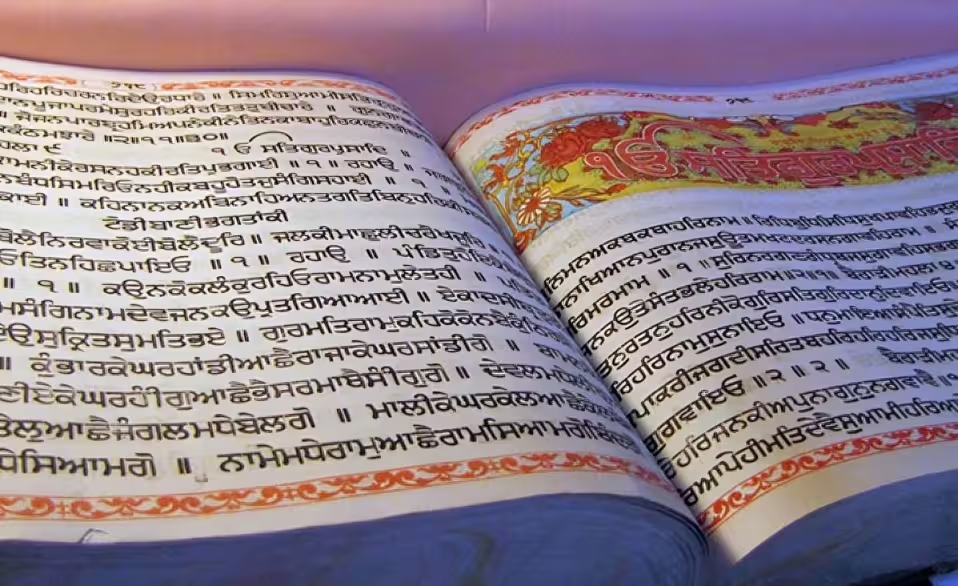 First copy of Guru Granth Sahib in new Zealand
First copy of Guru Granth Sahib in new Zealand
-
 First Sikh Doctor in Yuba City
First Sikh Doctor in Yuba City
-
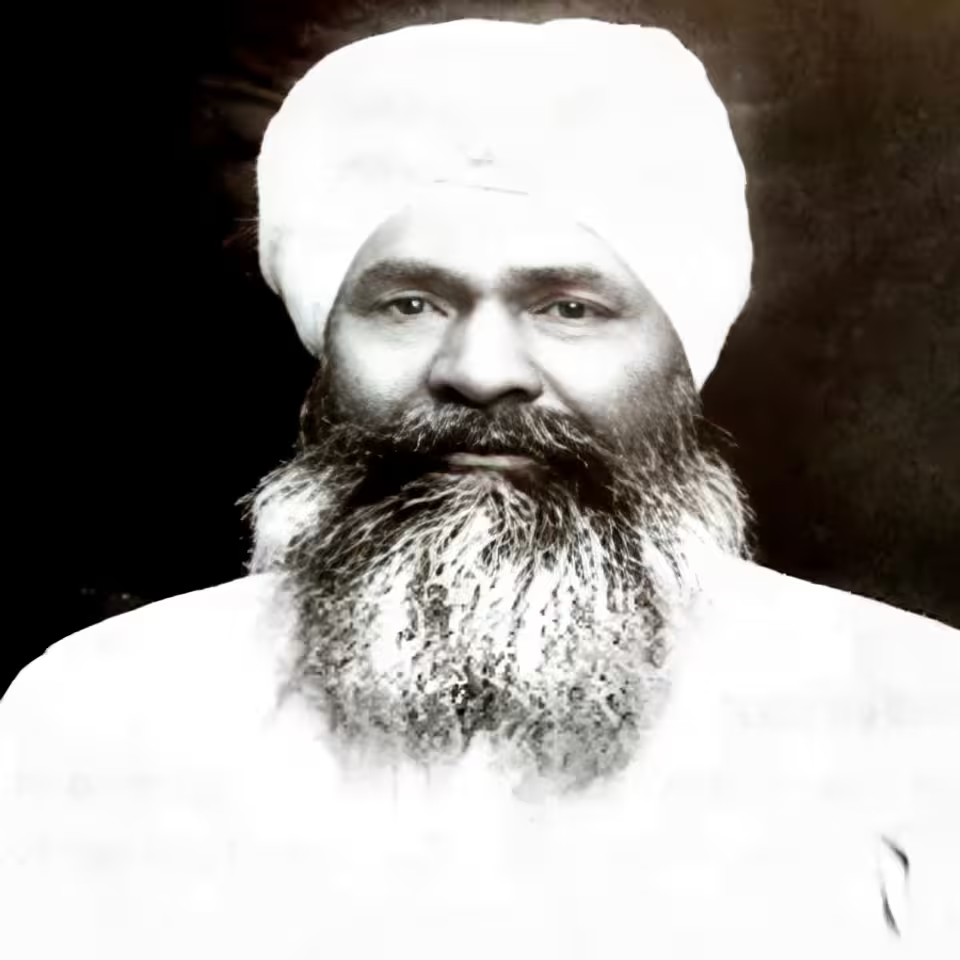 Potato King of USA
Potato King of USA